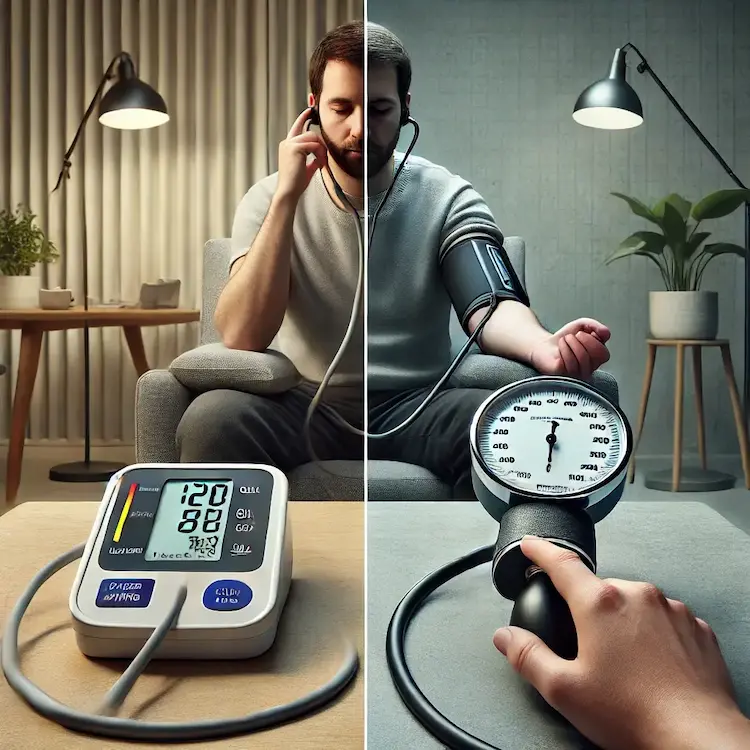Use a Sphyg for Accurate Blood Pressure Monitoring blood pressure at home is crucial for managing hypertension, preventing heart disease, and tracking overall cardiovascular health. A sphygmomanometer (sphyg) is a common tool for this purpose, and using it correctly ensures accurate readings. This article provides a step-by-step guide on how to use a sphyg, explains its importance, and compares it with other blood pressure monitoring methods.
High blood pressure (hypertension) is a global health concern, affecting over 1.28 billion people worldwide. It significantly increases the risk of heart attacks, strokes, kidney disease, and other cardiovascular complications. Regular monitoring allows early detection, ensuring timely medical intervention.

<li><s
tron
There are three main types of sphygmomanometers used for blood pressure monitoring:
| Type | Features | Accuracy | Cost |
|---|---|---|---|
| Mercury Sphygmomanometer | Traditional, uses mercury column for pressure measurement | Gold standard in accuracy | Expensive, requires professional use |
| Aneroid Sphygmomanometer | Manual device with a dial gauge and stethoscope | Highly accurate but requires training | Affordable, durable |
| Digital Sphygmomanometer | Fully automatic, displays readings on a screen | Convenient but slightly less accurate than manual methods | Varies; budget-friendly options available |
To ensure Use a Sphyg for Accurate Blood Pressure Monitoring, follow these steps carefully.
| Feature | Manual (Aneroid/Mercury) | Digital |
|---|---|---|
| Ease of Use | Requires training, needs a stethoscope | Fully automated, user-friendly |
| Accuracy | Highly accurate (mercury) but user-dependent | Slightly less accurate but consistent |
| Portability | Compact but requires additional tools | Lightweight and easy to carry |
| Cost | Moderate to expensive | Budget-friendly to premium options available |
| Best For | Healthcare professionals or trained users | Home users, elderly individuals |

Using a sphygmomanometer for home blood pressure monitoring is an essential step in maintaining heart health. Whether using a manual or digital device, following the correct steps ensures accurate readings, which are crucial for hypertension management and early disease detection. Home monitoring complements clinical checkups and provides real-time data for better health decisions.
Blood pressure monitoring helps detect hypertension early and prevents cardiovascular diseases.
Use a properly sized cuff and follow correct measurement techniques for accuracy.
Choose between manual (accurate but requires training) and digital (easy but slightly less accurate) sphygmomanometers.
Take multiple readings at the same time each day for consistent results.
Maintain a blood pressure log and consult a doctor for consistently high readings.